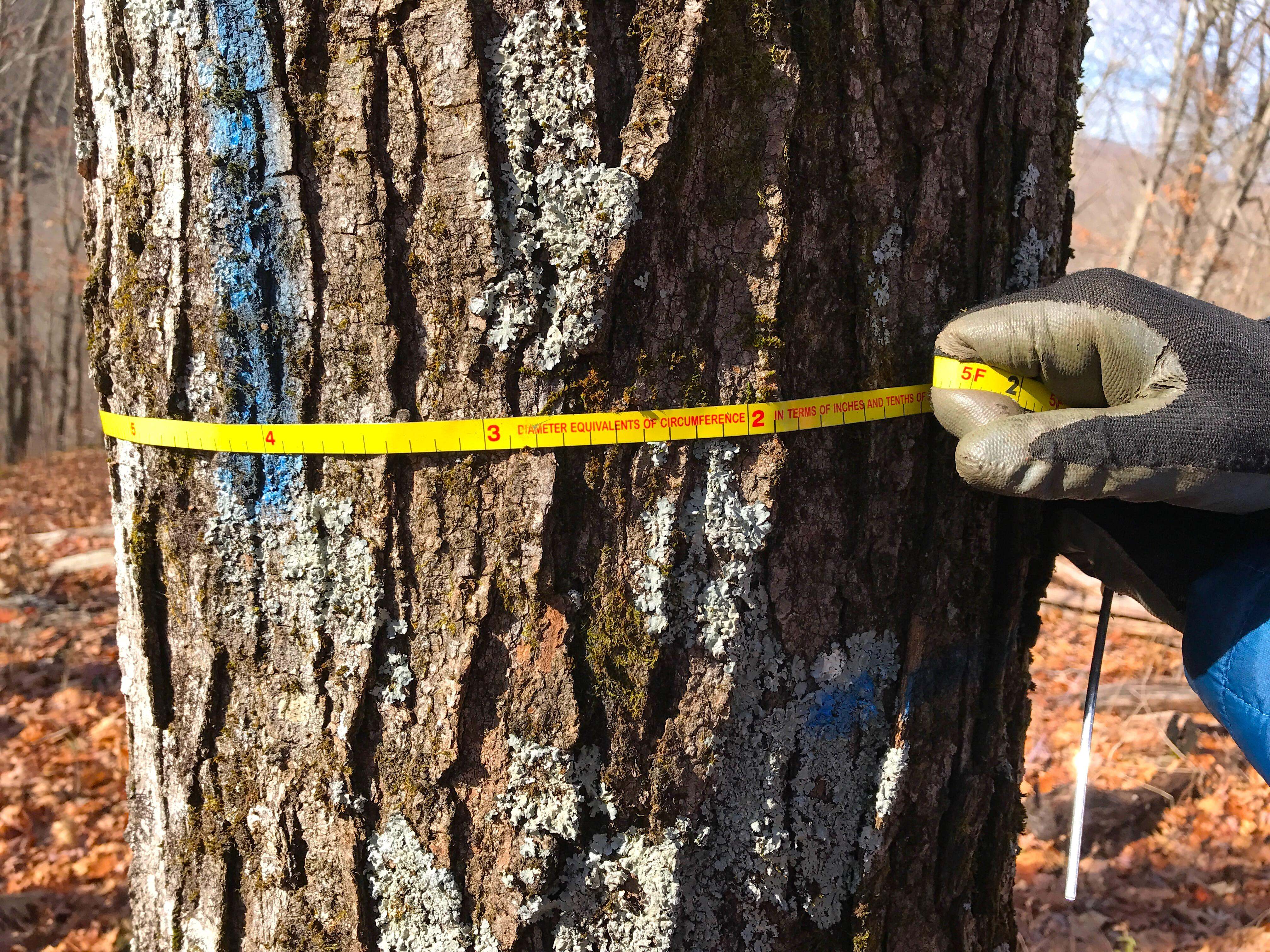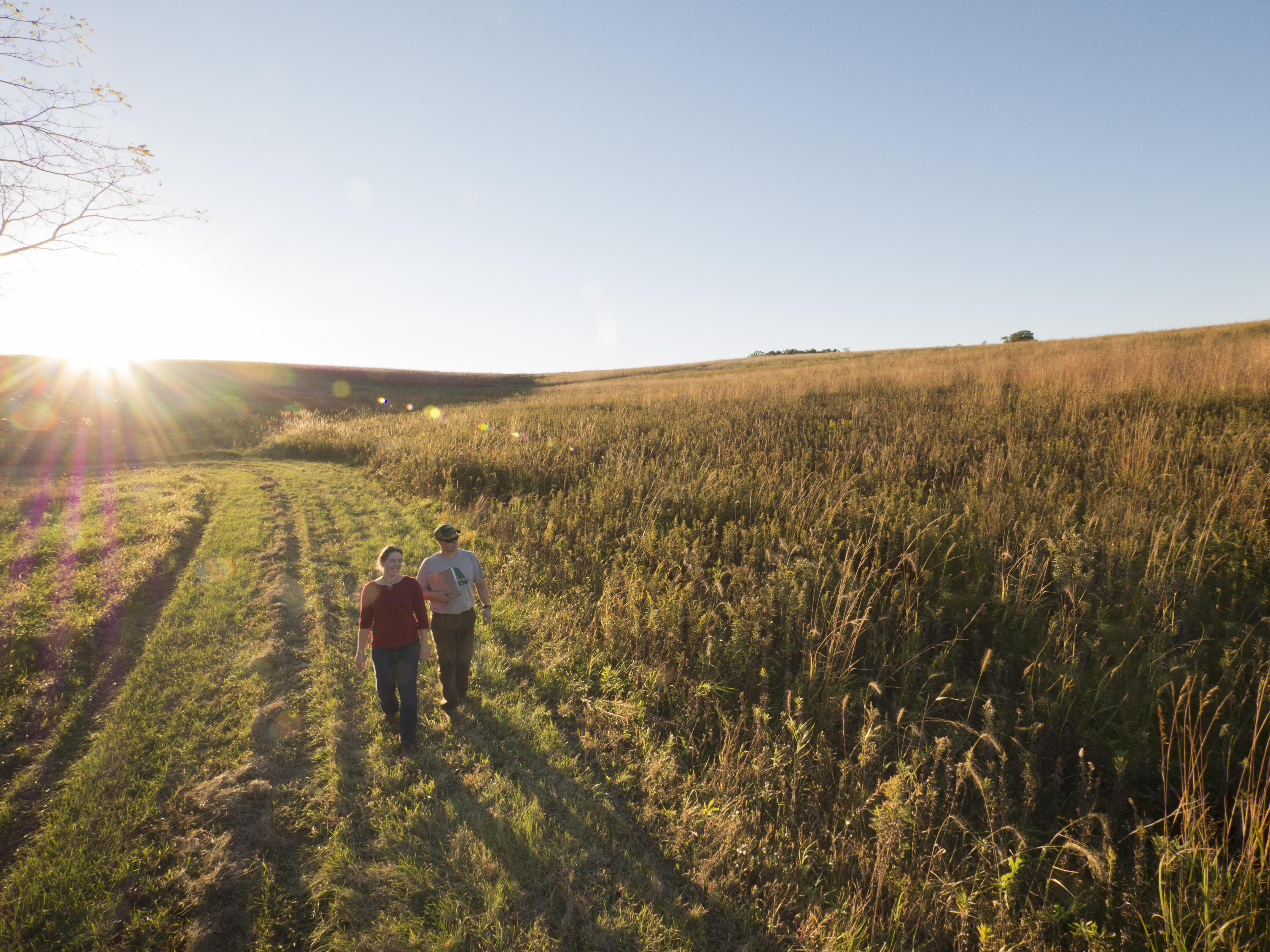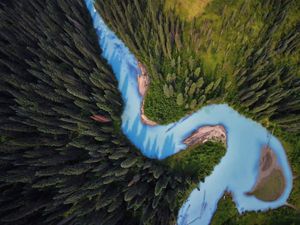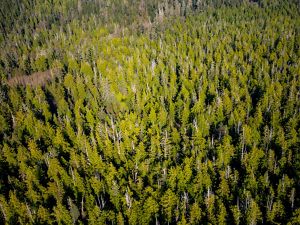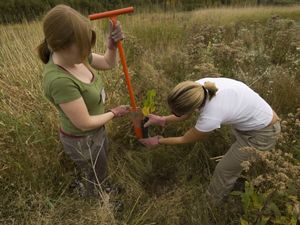Combined with cutting fossil fuels and accelerating renewable energy, natural climate solutions offer immediate and cost-effective ways to tackle the climate crisis—while also addressing biodiversity loss and supporting human health and livelihoods.
What are Natural Climate Solutions?
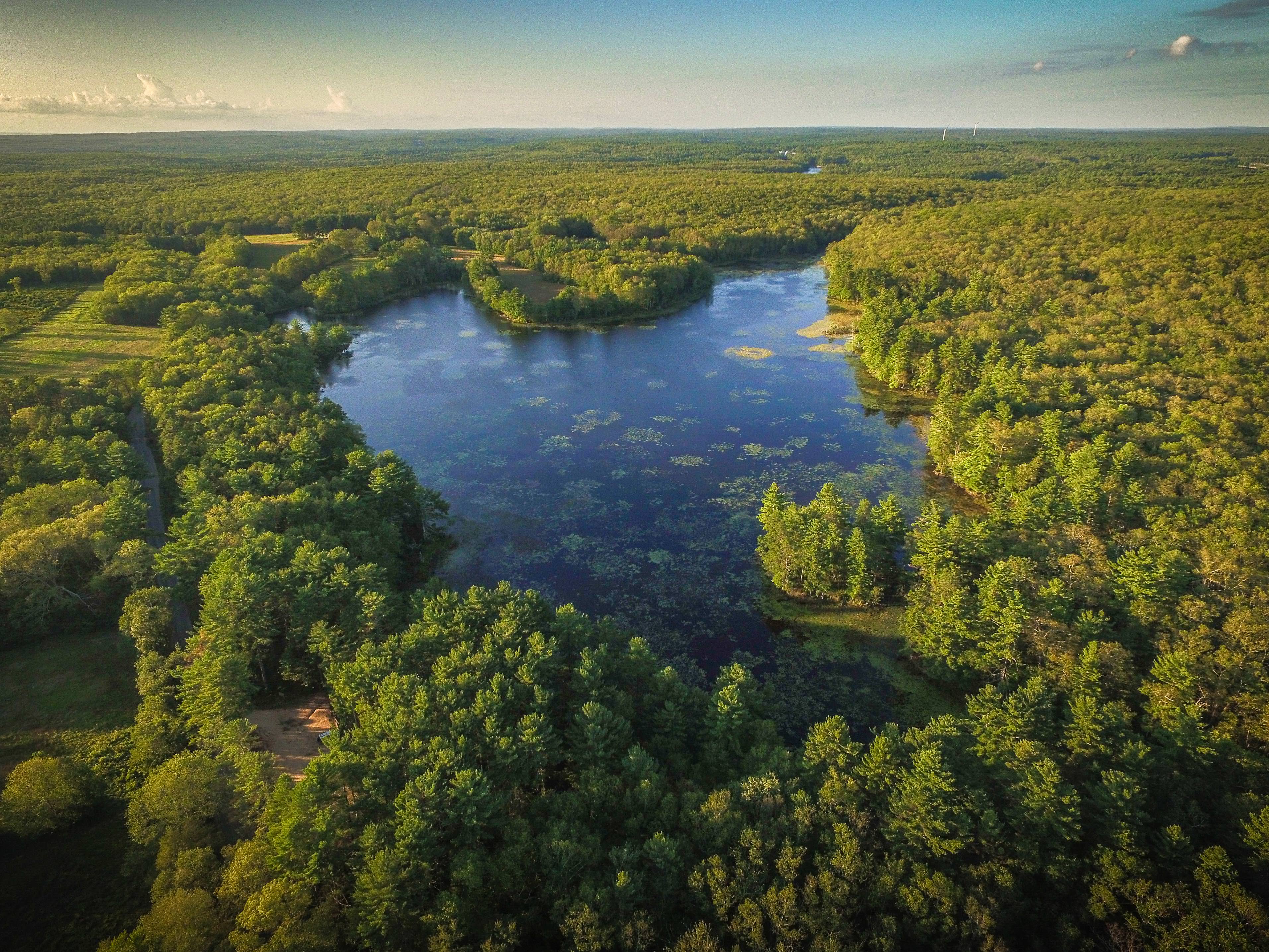
Natural climate solutions
are actions to protect, better manage and restore nature to reduce greenhouse gas emissions and store carbon.

Natural climate solutions include practices like
improving forest management to help forest owners increase the carbon stored in their trees; reducing fertilizer use for fewer greenhouse gas emissions; restoring coastal wetlands to sequester carbon in submerged soil.
Science shows that—combined with cutting fossil-fuel use and accelerating renewable energy—natural climate solutions can help us avoid the worst impacts of climate change.
What is the science behind natural climate solutions?
In 2017, The Nature Conservancy led a landmark study that showed how natural climate solutions to protect, better manage, and restore forests, grasslands and wetlands could contribute a third of the emissions reductions we need to avoid the worst impacts of climate change. The authors developed a framework to distill the evidence into natural climate solutions pathways that demonstrate the full climate potential of nature.
Quote: Explore NCS Research

Globally, natural climate solutions could deliver more than a third of the emission reductions needed by 2030 to avoid the worst impacts of climate change.
Our groundbreaking study found that natural climate solutions can provide one-third of the mitigation needed by 2030 to keep global temperatures livable.
Since then, TNC scientists and partners have continued investigating how, when and where to invest in natural climate solutions to deliver on the world's most urgent climate goals. Our experts have published more than 50 studies that demonstrate the power of natural climate solutions in the United States, Canada, Indonesia and around the world.

Climate 101
Explaining Natural Climate Solutions
See the Science Studies
-
Natural Climate Solutions (Griscom et al.)
Groundbreaking research by TNC and 15 other institutions, published in the Proceedings of the National Academy of Sciences. Read key takeaways from the study
-
More NCS Research
Explore our Natural Climate Solutions Resource Center to see the latest science, research and case studies demonstrating how nature can help increase carbon storage and avoid greenhouse gas emissions around the world. See a list of studies about NCS
What are the other benefits of natural climate solutions?

Supporting biodiversity
Nature provides sources of food and shelter for mammals, birds, and insects. It also creates ecosystem connectivity, or wildlife corridors—stretches of habitat that allow species to move around safely.
See this example from Belize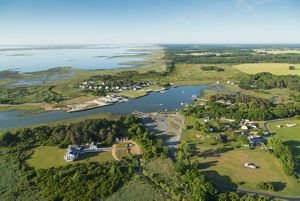
Making communities more resilient
Natural disasters are getting worse but natural climate solutions can help ease the danger. For example, coral reefs will reduce the impacts of damaging storm surges, protecting infrastructure and people.
Making stronger coastlines
Promoting clean air and water
It protects the air we breathe and the water we (and other species) need to survive. For example, healthy peatlands and wetlands can remove aquatic nutrients, sediments and pollutant metals from the water.
See this example from Africa
Helping economies thrive
Actions like improved forest management and regenerative farming practices can create new jobs, supporting rural economies and local communities while also protecting nature.
See Brazil's planWhat do natural climate solutions look like in practice?

Protection
Conserving ecosystems in a healthy state instead of converting them for other intensive uses like development avoids the release of greenhouse gasses.

Better Management
Improving how forests are managed or expanding cover crops to keep soil healthy can significantly increase the amount of carbon sequestered by forests and fields. These actions may also reduce operating costs or provide more jobs.

Restoration
Planting trees in cities, replanting formerly forested land or bringing back natural flows to coastal wetlands and peatlands will increase carbon capture. These actions can also support construction, engineering and conservation jobs.
Explore in our map examples of our Natural Climate Solutions work
Other Tools and Resources
-
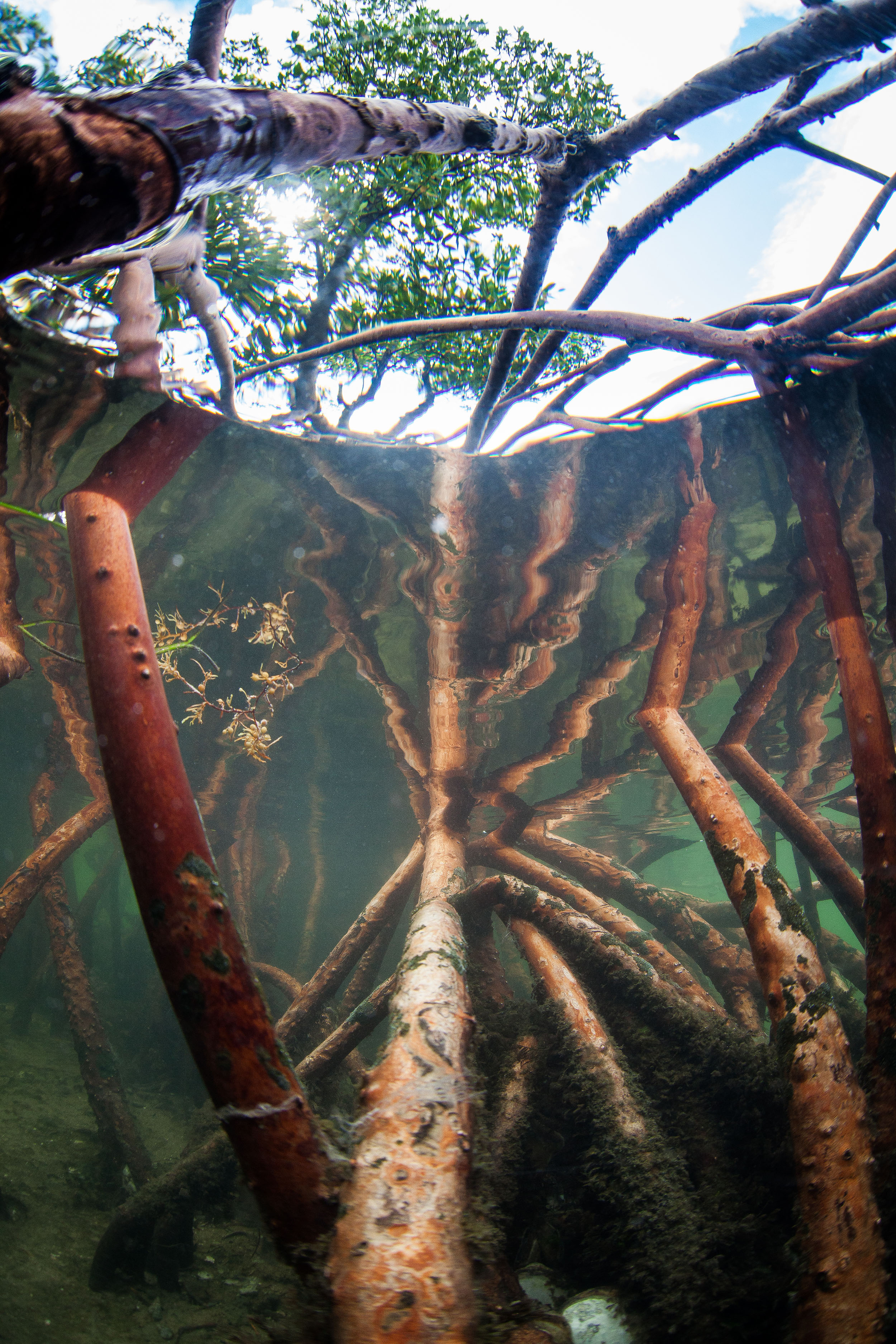
Natural Climate Solutions Resource Center
We've collected the latest science, research and case studies demonstrating how nature can help increase carbon storage and avoid greenhouse gas emissions around the world. See a collection of our NCS research.
-
Carbon Markets
The Nature Conservancy advances natural climate solutions through many strategies, including high-quality carbon markets. Learn how we strive for excellence in carbon markets.
-
Nature4Climate
This global coalition promotes the critical role that nature plays in restoring balance to our climate. Get news and updates from Nature4Climate.
-
US Nature4Climate
This coalition of 26 conservation, environmental, and sustainable business organizations works to ensure forests, farms, ranches, grasslands and coastal wetlands are an important part of the overall strategy to fight climate change in the U.S. See real-world examples of NCS in action across the U.S.
Sign up for Global Insights Newsletter
5-Minute Climate Solutions
Come along each month as we explore the latest real-world solutions to the most complex challenges facing people and the planet today, all in 5-minutes or less.



